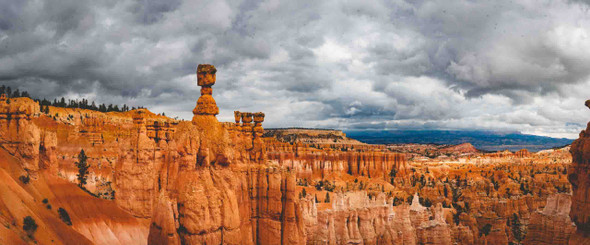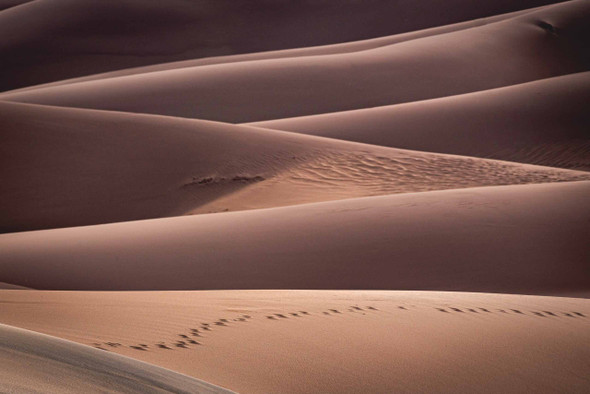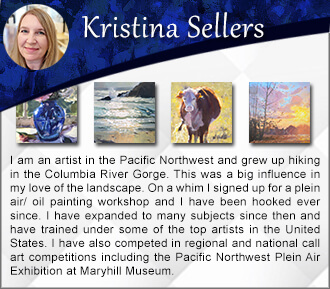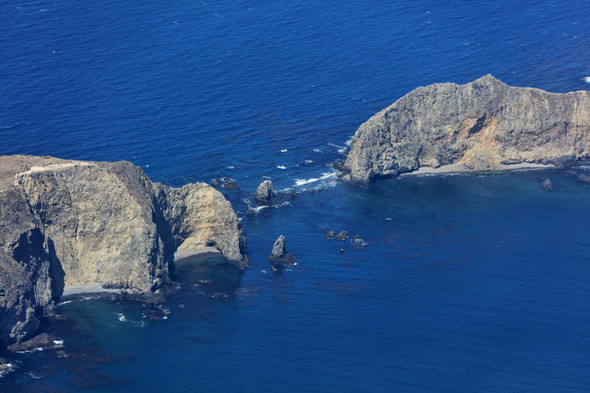National Park Photography & Art: Stunning Prints of America’s Natural Wonders
Discover the Beauty of America’s National Parks
Transform your space with breathtaking landscapes from America’s national parks. Our curated collection of national park photography and art prints captures the unique charm and stunning scenery of these natural wonders, making them a perfect addition for any art lover or outdoor enthusiast.
Explore Our Diverse Collection of National Park Photos
Iconic Landscapes Captured in Stunning Detail
From the majestic Rocky Mountains to the serene forests of the Pacific Northwest, our collection showcases a wide array of national parks. Each photograph and painting tells a story, highlighting the diverse beauty of nature across different seasons and terrains.
Expertly Captured Moments
Our talented photographers share a deep passion for the outdoors. With an eye for detail and a love for adventure, they’ve captured the essence of each park, allowing you to experience the splendor of nature from the comfort of your home.
Why Choose Our National Park Photos?
- Authenticity: Each photo offers a unique perspective on America’s natural beauty, adding character to your space.
- High-Quality Prints: Our national park art is produced using state-of-the-art printing techniques, ensuring vibrant colors and stunning detail.
- Versatile Decor: Perfect for living rooms, offices, or any area that needs a natural touch, these images inspire relaxation and adventure.
- Convenient Shopping: Browse our collection online, select your favorite pieces, and enjoy easy shipping directly to your door.
Perfect for Every Occasion
Whether you’re redecorating your home, searching for a unique gift for a nature lover, or simply wanting to celebrate the beauty of the outdoors, our national park photos are a wonderful choice. Each print serves as a daily reminder of the majesty and tranquility of the natural world.
How to choose your print material?
Luster: A type of photographic print with a finish that is somewhat between a glossy and a matte finish. It has a subtle sheen, offering a smooth texture and vibrant colors without the heavy shine or reflective surface of a high-gloss print. This makes it ideal for displaying photos because it reduces glare and fingerprints while still providing rich detail and color saturation.
Luster prints are commonly used in professional photography, including portrait and wedding photography, as they offer a balance between clarity and a soft, non-glare surface. The finish also enhances the look of the image while being more durable and fingerprint-resistant compared to glossy prints.
Glossy: A type of photographic print with a shiny, reflective finish. This finish makes the colors and details of the image appear vibrant and sharp, and it enhances contrast, giving the photo a rich, eye-catching look. Glossy prints have a smooth, high-shine surface that tends to reflect light, which can sometimes cause glare, especially under bright lighting conditions.
Key characteristics of glossy prints:
- Vivid colors: The glossy finish intensifies the colors, making them appear more vibrant.
- Sharp details: Glossy prints tend to bring out fine details in the image.
- Reflective surface: The shiny surface can result in glare and fingerprints, which may require more care in handling.
Glossy prints are often used for high-impact or artistic photos where you want the image to stand out, but they can be less practical in certain environments where light reflection or durability is a concern.
Matte: a type of photographic print with a non-reflective, flat finish. Unlike glossy prints, matte prints do not have a shiny surface, which means they don’t reflect light and are much less prone to glare or fingerprints. This makes them a popular choice for images displayed in well-lit areas or when a more subdued, classic appearance is desired.
Key characteristics of matte prints:
- Non-reflective surface: Matte prints don’t shine or reflect light, making them easier to view in different lighting conditions without glare.
- Soft, smooth texture: The finish gives the print a more textured, velvety feel that can add a subtle depth to the image.
- Muted colors: The colors in matte prints tend to be softer and less vivid than glossy prints. While still detailed, they often appear more muted and subdued.
- No fingerprints: The surface is more resistant to fingerprints and smudges, making it easier to handle.
Matte prints are often preferred for artistic, portrait, or fine art photography where a softer, more timeless look is desired, and where reflections or glare could detract from the viewing experience.
Canvas: A photograph or artwork that is printed onto a canvas material, typically made from cotton or a synthetic blend, instead of traditional photo paper. The print is often stretched over a wooden frame (known as a "stretcher frame") and may or may not be coated with a protective layer to preserve the colors and texture.
Key characteristics of a canvas print:
- Textured finish: Canvas has a natural texture that adds depth to the image, giving it a more artistic and painterly quality compared to traditional prints.
- Durable and long-lasting: Canvas prints are generally durable and resistant to fading over time, especially when UV-protected coatings are used.
- No glass or frame required: The print is often mounted on a frame and can be displayed without the need for glass or additional framing, giving it a more modern, gallery-style look.
- Giclee printing: High-quality canvas prints are often created using giclee printing, which uses archival-quality inks and high-resolution printing techniques to ensure vibrant colors and fine details.
- 3D effect: When stretched on a frame, the print has a three-dimensional effect, with the image extending around the edges of the canvas, adding to the overall depth and visual impact.
Canvas prints are popular for decorating homes, offices, or galleries, especially for larger pieces or when a more textured, artistic feel is desired. They are often used for landscape, portrait, or abstract photography, as well as reproductions of paintings or fine art.
Best advice for hanging artwork:
Hanging artwork can be both an art and a science, as it involves balancing aesthetics, functionality, and practicality. Here are some key pieces of advice to ensure your artwork is displayed beautifully and effectively:
Eye Level Placement
- General Rule: The center of the artwork should be around 57 to 60 inches from the floor, which is considered the average eye level for most viewers. This ensures the artwork is comfortably viewed without having to look up or down too much.
- For large pieces or groupings, you can deviate from this guideline slightly, but aim to keep the focal point at eye level for most comfortable viewing.
Consider the Room and Context
- Room Size: In a smaller room, larger artworks can dominate the space, while smaller pieces may get lost on a big wall. Aim for artwork that complements the size and scale of the room.
- Wall Space: Leave about 4–6 inches between the top of the frame and the wall or ceiling. This ensures the piece isn’t too cramped against the ceiling, while maintaining visual balance.
- Grouping: If hanging multiple pieces together, treat the grouping as one larger piece. Keep the spacing between frames fairly consistent, typically 2–4 inches apart, depending on the overall look you’re going for.
Hanging Height for Furniture
- If you're hanging artwork above furniture (like a couch or bed), the piece should generally be 6–12 inches above the furniture, depending on the size of the artwork and the furniture. This creates a sense of cohesion without making the space feel crowded.
Browse our extensive collection of national park photography today and find the perfect print to elevate your space into a nature-inspired retreat!










